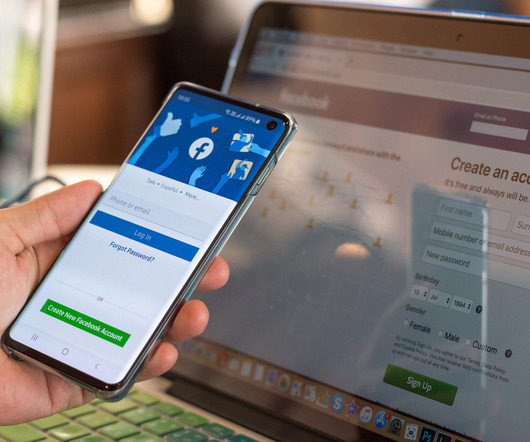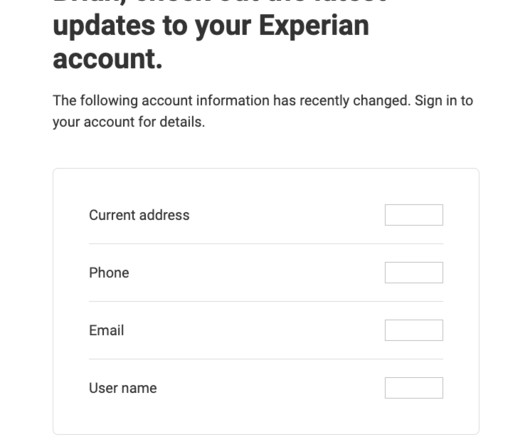PetSmart warns customers of credential stuffing attack
Malwarebytes
MARCH 7, 2024
Credential stuffing relies on the re-use of passwords. Take this example: User of Site A uses the same email and password to login to Site B. People with access to the credentials from Site A try them on Site B, often via automation, and gain access to the user’s account.


















Let's personalize your content